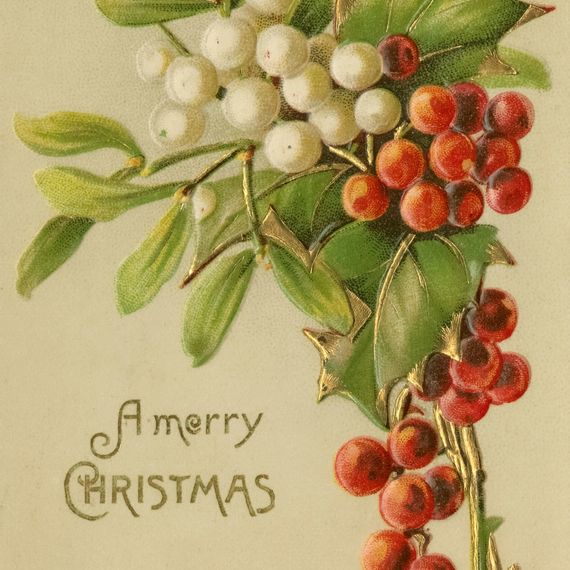Light in a time of war
Britten composed A Ceremony of Carols in 1942, during a months-long sea voyage from the United States back to his homeland. The circumstances were far from ideal: ‘We stayed in a cabin that Peter Pears described as miserable, hot and dusty, with an unbearable stench. The crew proved inexperienced and noisy; they behaved like fools. Added to this was the constant threat of an attack by U-boats. Not the most inspiring setting, and yet. What can a composer, confined to a ship with nothing but a handful of old texts and a small harp, do but write music?’
During the oppressive crossing, Britten sought refuge in the poetry anthology The English Galaxy of Short Poems, purchased during a stopover in the Canadian port city of Halifax. Several of the Old English texts about the Christmas season inspired him to write a number of carols. But once he arrived in England, customs officials confiscated the score — they suspected Britten of having hidden coded messages between the notes. Fortunately, he was able to convince them otherwise and retrieved his work.
Britten himself described the composition as a mixture of anonymous medieval texts and later poems set to music, an almost-Christmas piece for boys’ voices. After the successful premiere on 5 December 1942 in the library of Norwich Castle, Britten supplemented the collection with several additional songs and an interlude for harp. And to shape it into a coherent whole, he added the Gregorian antiphon Hodie Christus natus est as both introduction and conclusion. Between these two sacred pillars, the carols shift in mood from quiet prayer to exuberant dance. A Ceremony of Carols thus becomes more than music for Christmastide: it is an intimate celebration of light and hope, written against the backdrop of a threatening war.
Divine and festive sounds
Britten’s choice to add a harp to the boys’ choir in A Ceremony of Carols was not only practical or timbral, but also echoed the age-old tradition that links the harp with celestial harmony and the otherworldly. In medieval iconography, for instance, the instrument often appears in the hands of angels as a symbol of divine music. In religious contexts, too, the harp served moments of stillness and contemplation, as a counterbalance to the monumental sound of choir and organ. These associations resonate in Britten’s score, where the harp deepens the work’s intimate and serene atmosphere.
The French harp virtuoso, composer and pedagogue Carlos Salzedo (1885–1961) continued this tradition in his Paraphrases for solo harp. There, he enriched the simple, folk-like melodies of Christmas carols with virtuoso embellishments, complex harmonies and improvisatory passages. And that the harp can shine in all its splendour is demonstrated by the famous opening bars of the ‘Waltz of the Flowers’ from the ballet The Nutcracker by Pyotr Ilyich Tchaikovsky (1840–1893).
The a cappella Christmas works by composers such as Herbert Howells (1892–1983), Gustav Holst (1874–1934) and John Rutter (1945) form a warm-hearted extension of this programme. They celebrate the joyous arrival of Jesus, bringer of light, or honour the Virgin Mary. ‘In the Bleak Midwinter’ evokes the humble yet loving setting of Christ’s birth. Holst captured that atmosphere in a restrained hymn, which the Norwegian composer Ola Gjeilo (1978) later arranged in his recognisable cinematic and luxuriant style. In Howells’s subtle setting of ‘A Spotless Rose’ — an English translation of the anonymous fourteenth-century poem Es ist ein Ros entsprungen — an unfolding rose becomes the symbol of Christ’s birth during a cold and dark winter night. Britten’s A Hymn to the Virgin is likewise an ode to Mary. Across the centuries, all these works resound with the same timeless message: the offering of a glimmer of light in the darkness.
Aurélie Walschaert


